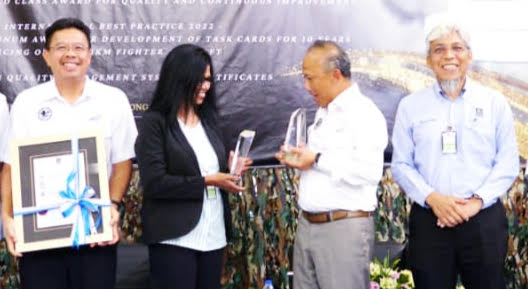
Source USNI
MARYLAND, U.S.--Senate authorizers want to stop the Navy from retiring half the ships it planned to decommission next year, according to a summary of the bill.
The Senate Armed Services Committee’s Fiscal Year 2023 defense authorization bill would halt the Navy’s plans to retire 12 ships, half of the 24 the service proposed decommissioning in its budget request.
Should the upper chamber’s bill become law, the Navy would need to keep four Dock Landing Ships, five Littoral Combat Ships, two Expeditionary Transfer Docks and one Ticonderoga-class guided missile cruiser.
The cruiser the Navy would need to keep in service is USS Vicksburg (CG-69), which is nearly finished with a modernization overhaul at BAE Systems Ship Repair in Norfolk, Va. The four LSDs are USS Germantown (LSD-42), USS Gunston Hall (LSD-44), USS Tortuga (LSD-46) and USS Ashland (LSD-48), while the two ESDs are USNS Montford Point (ESD-1) and USNS John Glenn (LSD-2). It’s unclear which five LCSs the committee is saving in its bill. The Navy asked to decommission nine LCSs in the FY 2023 budget request.
Asked why the panel is preventing the Navy from retiring some of the ships, committee staff said the vessels still have years of service life left. Staff also noted that the committee included a requirement for 31 amphibious ships, meaning the service would need to keep the LSDs.
The bill follows a similar provision in the House Appropriations defense subcommittee’s legislation, which would also mandate the Navy keep five LCSs and allow the service to retire four. Meanwhile, the House Armed Services Committee seapower and projection forces subcommittee’s mark of its policy bill would require the Navy keep Vicksburg and the four Whidbey Island-class amphibs.
The SASC bill, which the committee approved on Thursday, increased the defense topline by $45 billion, about half of which will go toward inflation, according to committee staff.
The panel met the Navy’s request for ship procurement by authorizing eight battleforce ships: two Virginia-class attack boats, two Arleigh Burke-class destroyers, one Constellation-class frigate, one San Antonio-class amphibious transport dock, one T-AO-205 John Lewis-class oiler and one T-ATS 6 Navajo-class towing, salvage and rescue ship.
The SASC notably included research and development funding for the Sea-Launched Cruise Missile, which has become a controversial pursuit over the last year.
Some House Democrats have voiced opposition to the program. House appropriators did not allot any funding for SLCM in their defense spending bill, unveiled earlier this week. The House Appropriations defense subcommittee passed the bill on Wednesday and it awaits markup from the full House Appropriations Committee.
On the aviation side, SASC largely met the Navy’s request – authorizing 15 F-35B Lightning II Joint Strike Fighters, 13 F-35Cs, and five E-2D Advanced Hawkeyes. The service authorized 12 CH-53K King Stallions for the Marine Corps, an increase of 2 aircraft from the Navy’s request for 10. HAC-D similarly allotted funding for 12 CH-53Ks.
Now that the authorization bill has passed through SASC, it will head to the Senate floor.
“This forward-looking NDAA invests in people, platforms, and infrastructure. It authorizes increased funding for our national defense and sets policies to equip, supply, and train U.S. forces now and in the future.








0 Comments
LEAVE A REPLY
Your email address will not be published